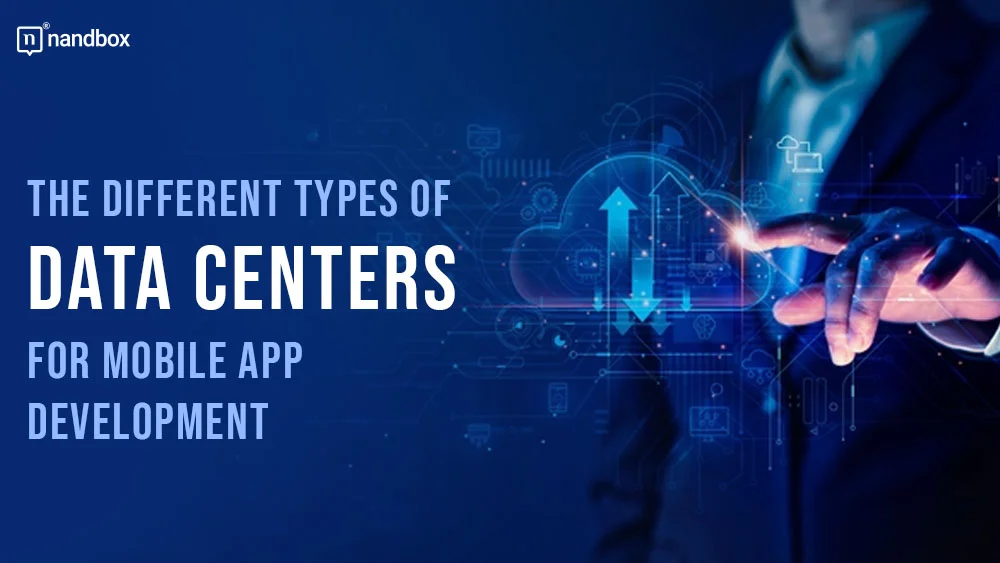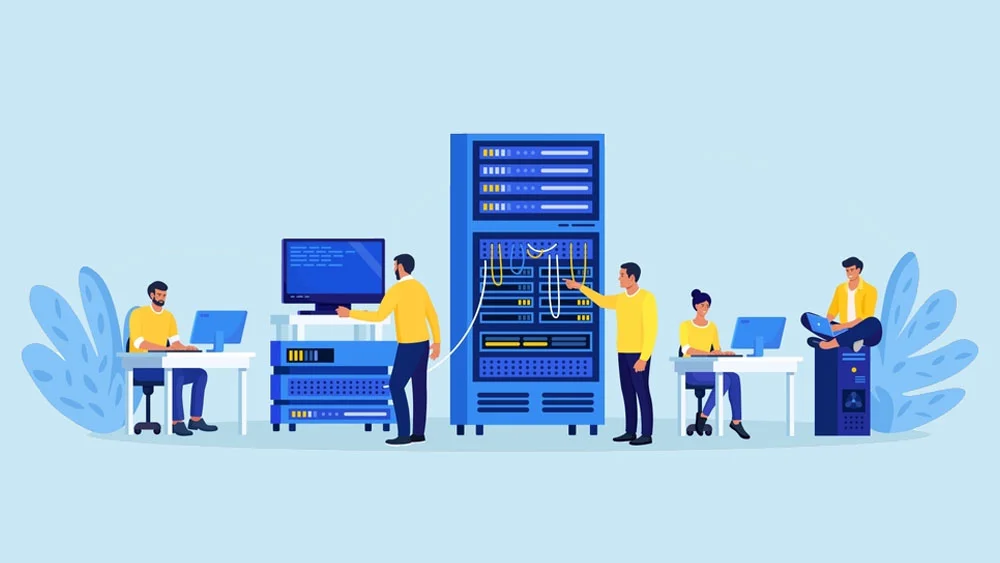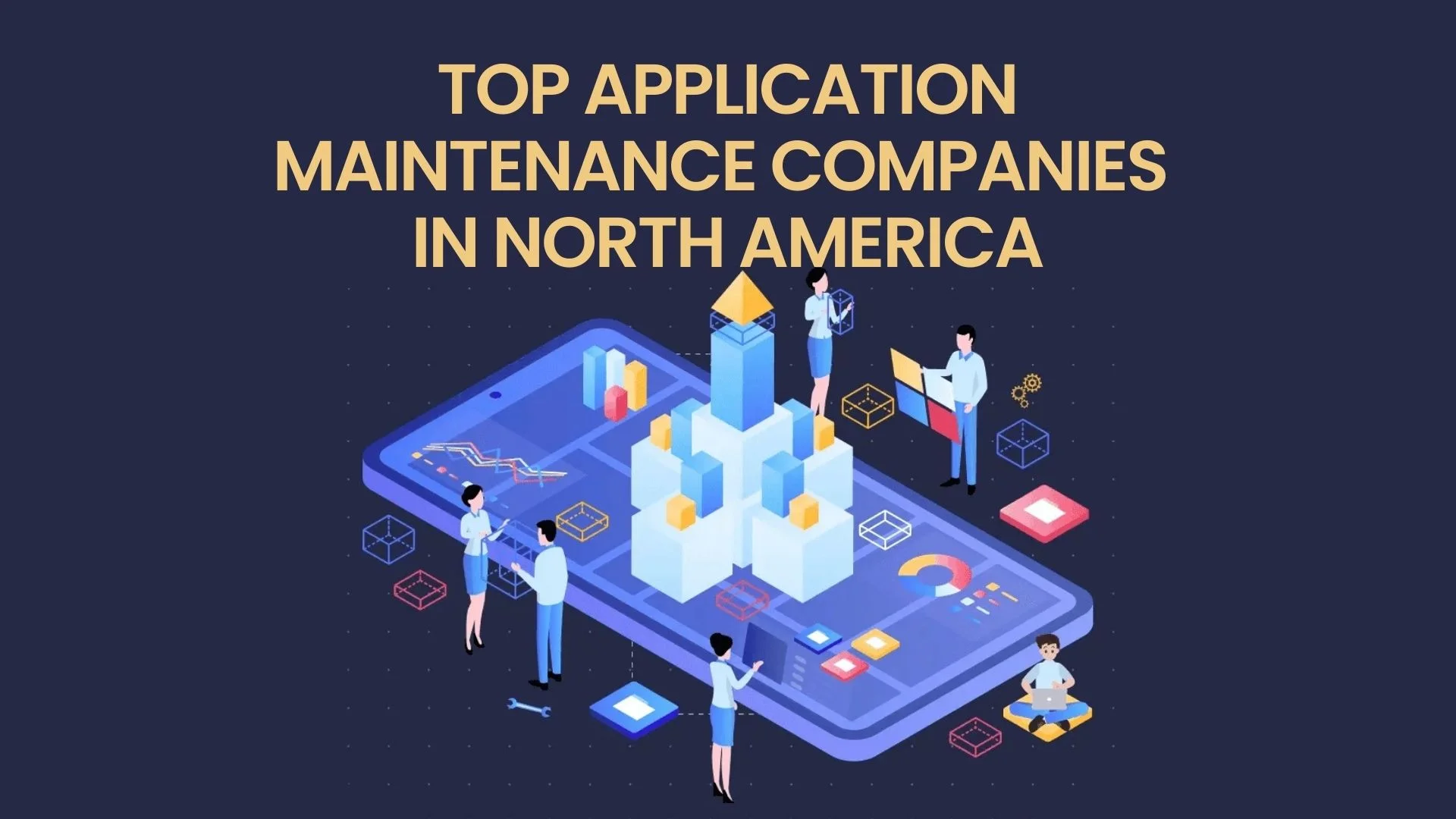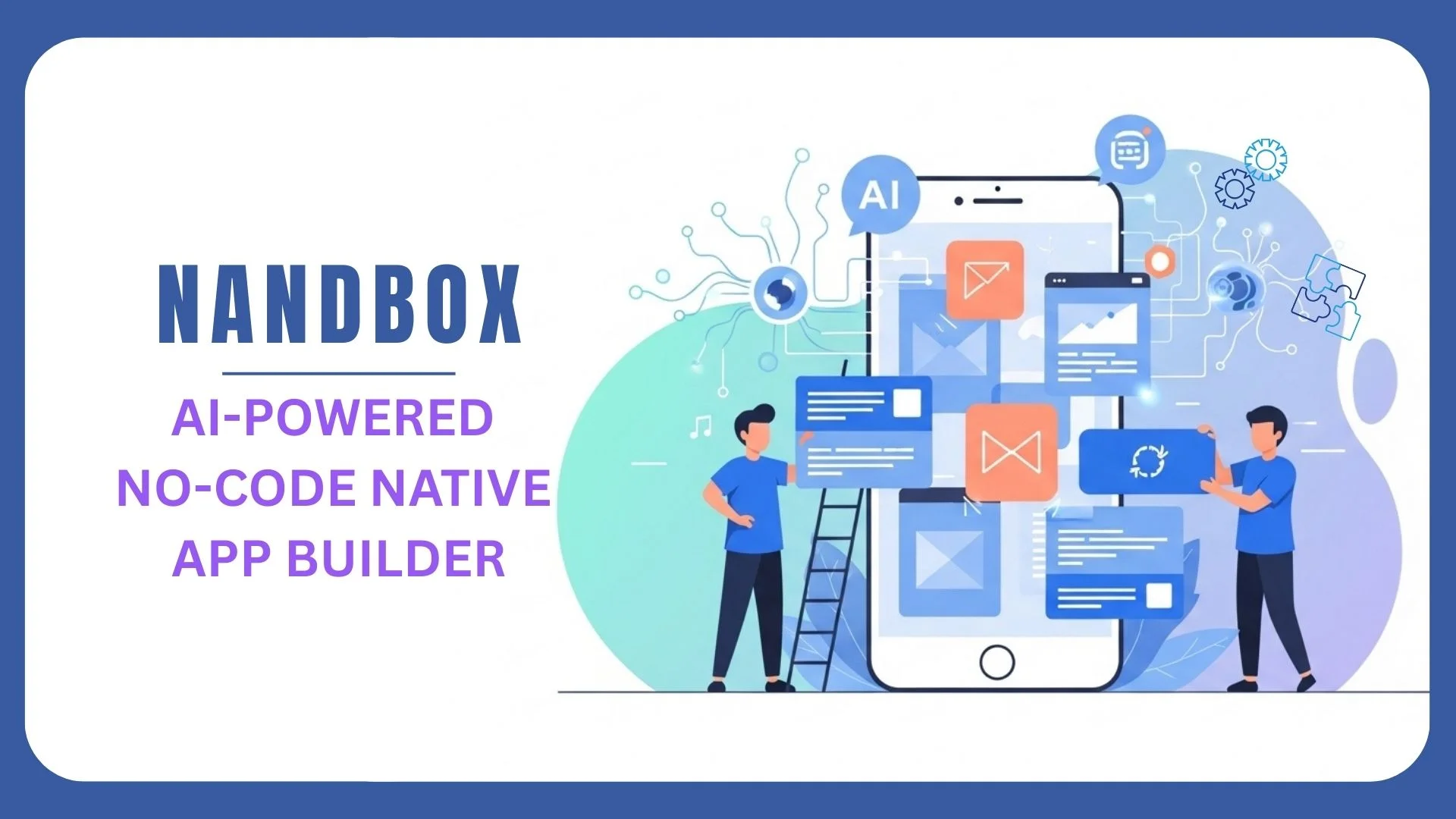Sharing access to applications is something that app developers find very useful. It helps integrate apps in a very efficient way. That is what a data center helps you do. In this guide, we’ll discuss what a data center is and the different types of data centers that can help you in your mobile app development journey. First, let’s start with a basic definition of a data center.
A facility that allows several users to share access to programs and data by utilizing an intricate network, computing, and storage infrastructure is what we call a data center. There are industry standards that you can use to assist in the planning, building, and ongoing maintenance of data center buildings. Additionally, in the infrastructure, we must guarantee that the data is both highly available and protected.
Evolution of a Data Center and It’s Integration With Cloud-Based Solutions
One of the most compelling arguments in favor of moving workloads to the cloud is the ease that data centers can provide. Moreover, there are ones that we can scale down, or both. Developers use software-defined networking, often known as SDN, in modern data centers. That is, to regulate the flow of traffic using software. Providers of Infrastructure as a Service (IaaS),which you can host on either private or public clouds, can provision entire computer networks on demand. Platform as a Service (PaaS) and container technologies are immediately accessible whenever you require any new application development.
Cloud tools are becoming increasingly popular among businesses. However, you can’t prepare all of them to make the transition just yet. In 2019, it came to light that businesses are paying more per year for services for cloud infrastructure. That is in comparison to what they did with tangible equipment for the first time. This was a significant shift from previous years, when businesses spent more money on physical hardware. Despite this, a survey by the Uptime Institute found that 58% of enterprises think that the majority of workloads remain in company data centers. Why? Because public cloud providers lack accessibility, honesty, and responsibility.
The Many Types of Data Centers

The types of data centers can range in size from a single server room to a collection of buildings located in different parts of the world; however, they all have one thing in common: they are essential to the operation of a business and serve as the location where businesses frequently make investments in and implement the most recent developments in data center social networking, computing, and storage technologies.
The modern data center has transitioned from a building that had an on-premises architecture to one that links existing systems with cloud infrastructure. These cloud infrastructures allow for the virtualization of networks, applications, and workloads across a variety of private and public clouds.
- Enterprise data centers: You often build and operate them by a single enterprise for the organization’s own internal reasons. These are typical of large technology companies.
- Colocation data centers: The facilities and assets of a hosting facility are available to anyone who is willing to rent the colocation data center. That is, if it is in the form of rental property. Colocation data centers work as an instance of rental property.
- Managed services data centers: These are services that act as third parties to provide a variety of other services. Like data storage, computing, and others, directly serve customers.
- Cloud data centers: Cloud computing centers that you distribute are occasionally available to consumers with the assistance of a third-party service provider.
Want That in a More Detailed Way? Let’s Talk About the Types of Data Centers More!
The previous paragraph was a simple, quick overview of some of the types that data centers have. Below, we will be discussing each in detail. Additionally, we’ll add you to a couple of types that we haven’t mentioned.
Enterprise Data Centers
Enterprise data centers are private structures that a particular company owns and controls to meet the needs of that organization’s own information technology infrastructure. Data centers like these are particularly appropriate for enterprises that require specific networks. Ones that may benefit from economies of scale. As a result of the enormous amounts of bandwidth or data you process and maintain within their own data centers.
Businesses may maintain enterprise data centers for a variety of reasons, including regulatory compliance, the protection of private information, improved performance, increased security, and cost effectiveness. You customize these data centers to be compatible with an organization’s unique enterprise applications. You may place them either within the organization or off-premises. This depends on considerations such as the availability of electricity, the accessibility of water, connectivity, and level of security.
An internal information technology department of a corporate data center is responsible for managing the servers, storage spaces, and network equipment. In the meantime, you can handle the management of electrical equipment, cooling structures, and security systems through two options. Either internally or by a third party under the terms of a building management contract.
Colocation Data Centers
Many businesses, frequently twenty or more, use colocation data centers, also known as multi-tenant data centers (MTDCs), to house their computing devices, servers, and related infrastructure off-site. This infrastructure includes things like power, cooling, and networking equipment.
You can call colocation data centers multi-tenant data centers (MTDCs). These facilities are especially helpful for businesses that do not have the space or the IT resources necessary to maintain their own company’s data center. As a result, these businesses can reallocate their IT people and financial resources to other projects.
Colocation data centers allow businesses to rent the space they need to house their data, with the added benefit of being able to rapidly increase or decrease space up or down in response to alterations in their requirements. These facilities offer enterprises great availability (uptime), substantial bandwidth capacity, and access to data with low latency. In order to live up to these demands, colocation data centers continually upgrade and replace the gear that makes up their infrastructure.
Colocation data center providers provide businesses with several things. Like great operational flexibility, a variety of connection options, and low-latency access to cloud on-ramps. All while decreasing the amount of capital that a business or organization requires.
Hyperscale Data Centers
A hyperscale data center, also referred to as a cloud data center, is a sizable building that is under the control and ownership of a single company. These facilities generally provide assistance for cloud service providers (CSPs). Furthermore, they provide huge internet corporations that have enormous requirements for computational power, storage space, and networking.
In terms of their physical expansion, hyperscale data centers can range in size from 50,000 square feet to over one million square feet and contain thousands of rows and hundreds of thousands of servers. As a consequence of this, the construction of such facilities can easily exceed one billion dollars.
Typically, you situate the data centers of hyperscale companies on the outer edges of major cities. That is, since this location offers supply and cost benefits in land as well as power. These data centers are leased on extremely long terms. They often range from ten to more than fifteen years. Additionally, they also offer expandable electricity generation for requirements ranging from five megawatts (MW) to one hundred MW.
Edge Data Centers
Edge data centers, also referred to as micro data centers, are less substantial, distributed facilities that provide computing and storage in a location that is closer to the site where data is being created and used. They are located in close proximity to the users for whom they are designed, which enables the processing and analysis of data in real time.
As a result of edge data centers performing such analysis closer to the location where the data was originally created, response latency is decreased and bandwidth utilization is maximized, which makes it easier to design new applications. In contrast to this, typical data centers are centralized and depend on many internet connections and information centers for the processing of their data.
The position at which these kinds of data centers are often deployed, which is typically farther from the point of connectivity, is referred to as the “edge,” and the term “edge” gives its name to the location. Edge data centers can be installed as stand-alone facilities or in a variety of contexts, such as at the central offices of telecommunications providers, cable headends (also known as regional distribution points), the bases of cell towers, or on the premises of businesses themselves. In addition, edge data centers can also be implemented in the cloud.
Modular Data Centers
The term “modular data center” refers to standardized buildings that have been pre-engineered and prefabricated before being utilized to house server computers and network equipment. These facilities also come equipped with an infrastructure for power and cooling. Portable data centers, preconfigured data halls, and prefabricated power and cooling modules are only some of the variants that are available for purchase.
The fundamental objectives of modular data centers are to cut down on the amount of time and money necessary for the construction and deployment of a data center, respectively. Modular data centers deliver cost savings by utilizing standardization and lowering the number of on-site workers, while at the same time saving time by switching conventional on-site building duties to off-site manufacturing facilities.
What Defines a Contemporary Data Center?
The data centers of today are very different from their ancestors in a number of important ways. Network systems that manage apps and operations across pools of physical components and in a multi-cloud system have replaced traditional on-premises dedicated servers. These network systems can now be found in place of conventional on-premises servers.
Currently, data is accessible and linked across a wide variety of data centers, including the highest point, as well as public and private clouds. The data center must have the ability to communicate with all of these various on-premises and cloud-based locations. Even the general public cloud consists of a number of different data centers. Applications use the cloud provider’s data center resources when stored there.
The Many Benefits You Get From a Data Center
The purpose of data centers in business information technology is to support various kinds of business applications and processes, including the following:
- Transmission of messages via email and files
- The acronym CRM stands for “client relationship management.”
- The three pillars of AI are: large data, machine learning, and artificial intelligence
- Providers of virtual desktops and services for collaboration and communication
- database management systems and enterprise resource planning (ERP)
- Applications that boost overall productivity
How Do Data Centers Operate? An Extremely Simplified Guide
In most cases, the deployment of data center services serves the purpose of safeguarding both the functionality and the integrity of the fundamental data center components. Appliances for protecting a network. To defend the data center, these measures include the use of a firewall and intrusion protection.
Guaranteeing the delivery of applications. These technologies enable application durability and availability by automatically failing over to a backup and balancing the load. This allows the application’s performance to be maintained.
Architecture’s Progression: From Legacy Systems to Cloud Applications
Over the course of the previous 65 years, technological architecture has gone through three important eras of evolution: The transition from corporate legacy systems to on-premises, x86-based systems run by corporate information technology departments took place during the first phase.
A substantial amount of application-supporting infrastructure was virtualized in a second wave of virtualization. It led to a rise in the utilization of resources as well as a shift in burden across various physical infrastructure pools. The third phase is happening right now, and it consists of a move to hybrid clouds, cloud-native clouds, and cloud computing overall. The latter term refers to applications that were born on the cloud.





